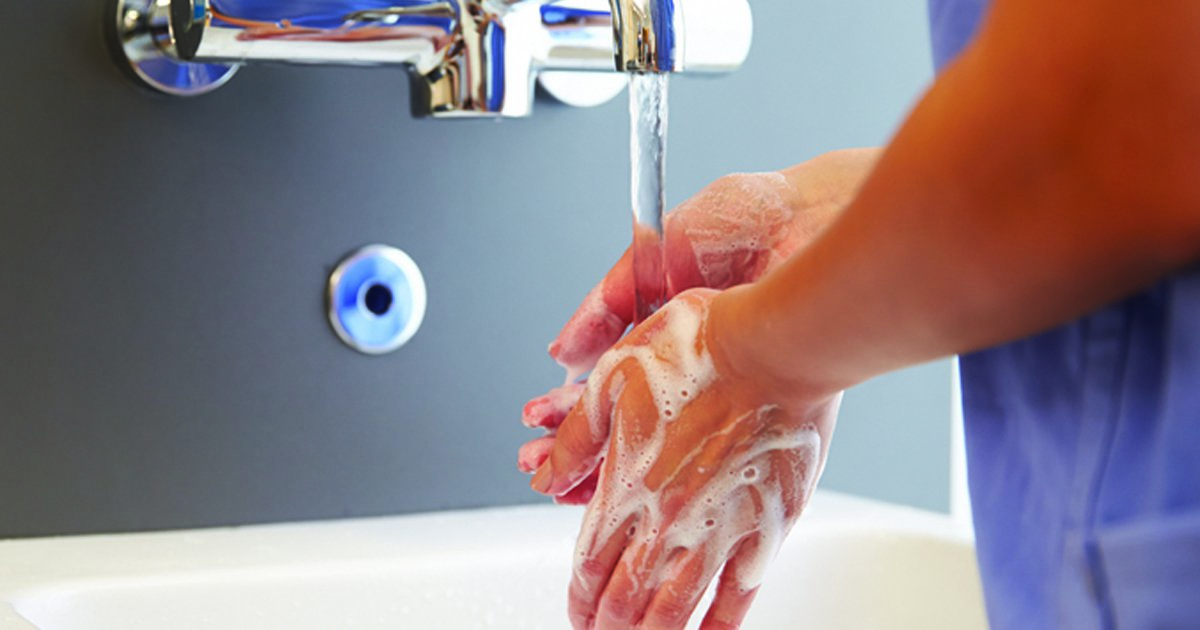Water-related outbreaks account for one-fifth of CDC HAI consultations

From 2014 to 2017, more than one-fifth of healthcare-associated outbreak consultations undertaken by the CDC were for non-Legionella water-related investigations, according to results from a retrospective observational study.
“Water exposures in health care settings and during health care delivery” — such as when used with medical devices or as a component of drug or medication formulations — “can place patients at risk for infection with water-related organisms and can potentially lead to outbreaks,” Kiran M. Perkins, MD, MPH, team lead for outbreak and response at the CDC, and colleagues wrote.
For their study, Perkins and colleagues reviewed CDC records detailing consultations involving potential or confirmed health care transmission of water-related organisms that were conducted by the agency between Jan. 1, 2014, and Dec. 31, 2017.
“Consultations involving Legionella infections and outbreaks were excluded because they have already been summarized in other surveillance reports,” Perkins told Infectious Disease News. “Legionellosis is nationally notifiable, and consultations and surveillance for Legionella infections are conducted by another group at CDC.”

According to the review, there were 620 consultations during the 3-year study period. Among them, 21.6% of the investigations involved potential water-related health care-associated infections (HAIs) or exposure to infection control lapses with the potential for water-related HAIs.
The researchers reported that 29.9% of the water-related investigations involved nontuberculous mycobacteria and 35.8% involved medical products, including 83.3% that involved a medical device, such as heater-cooler devices and bronchoscopes.
They considered multistate outbreaks, such as the one involving heater-cooler devices contaminated with Mycobacterium chimaera, as single consultations.
“Patients have the potential to be exposed to water throughout the course of clinical care,” Perkins said. “Transmission pathways of water-related organisms during patient care include the preparation of medications and injections near sinks, reprocessing reusable medical equipment using nonsterile water sources, and the use of manufactured medications that may have been contaminated with water, among many others.”
Clinicians should be aware of potential pathways that could expose their patients to contaminated water, and it is critical that health care facilities “devise and implement a water management program” to reduce the risk for HAIs caused by water-related organisms, Perkins said.
“Facilities should also monitor and identify evidence of patient harm involving water-related organisms, be ready to investigate such harms, and implement effective interventions,” she said. – by Marley Ghizzone
Disclosures: The authors report no relevant financial disclosures.

